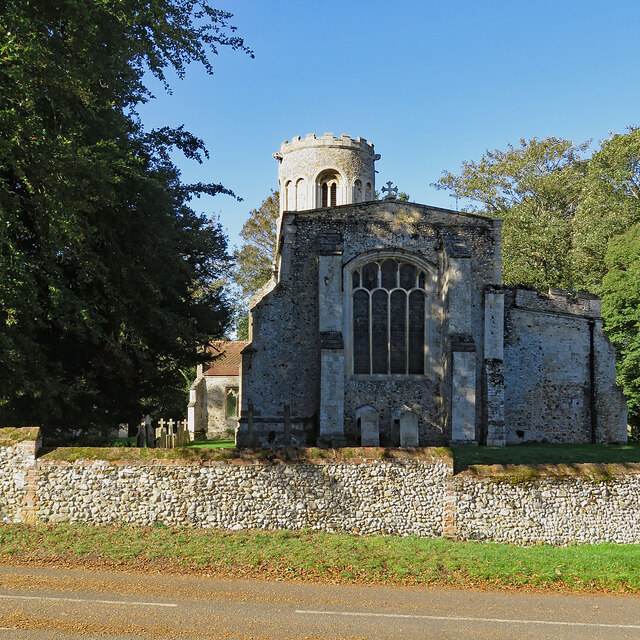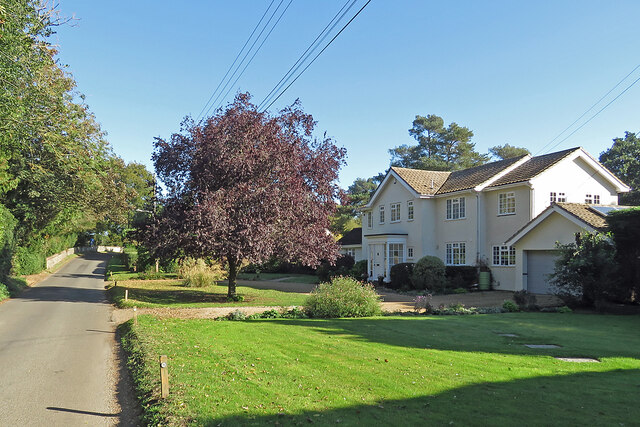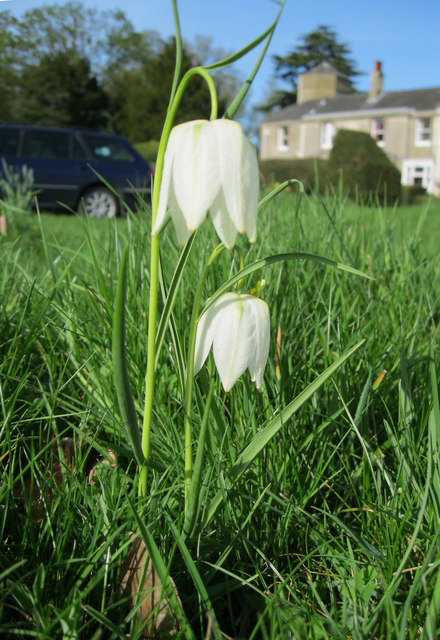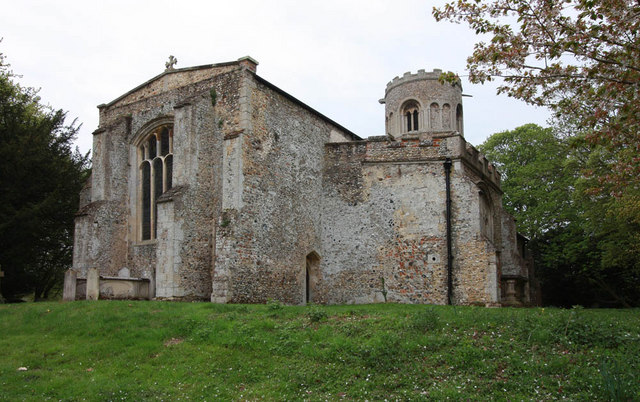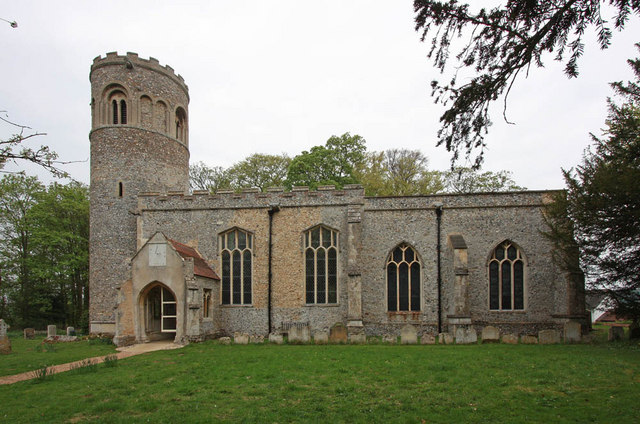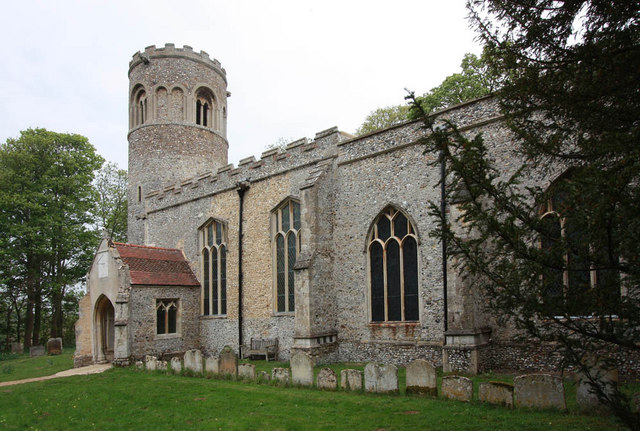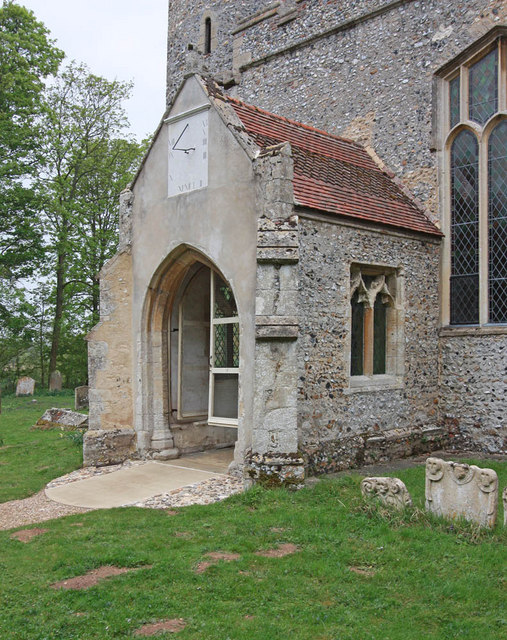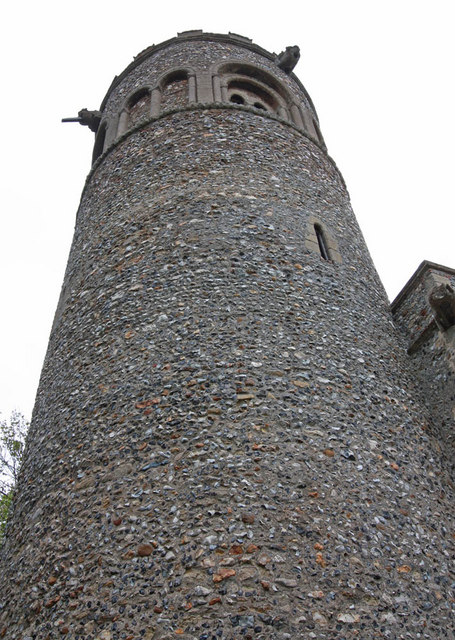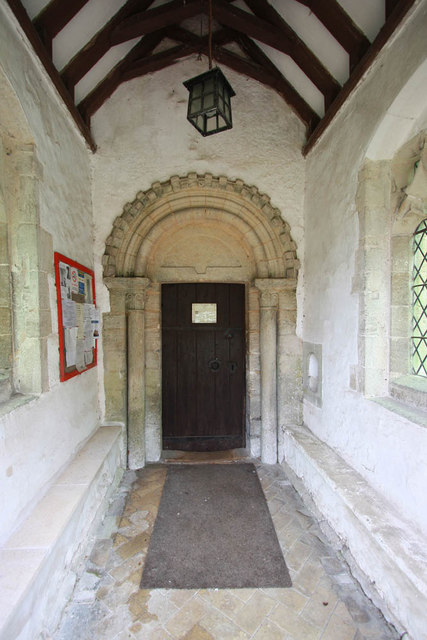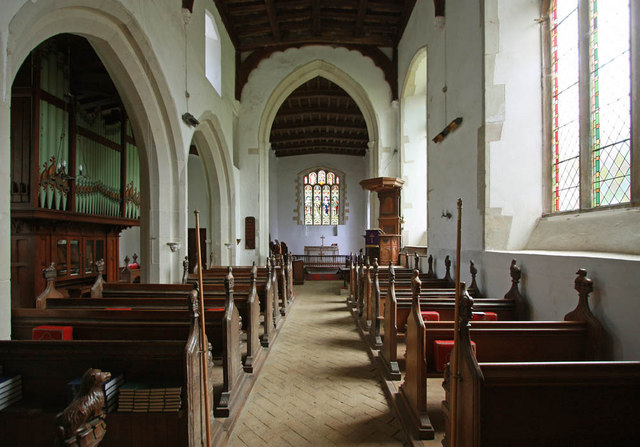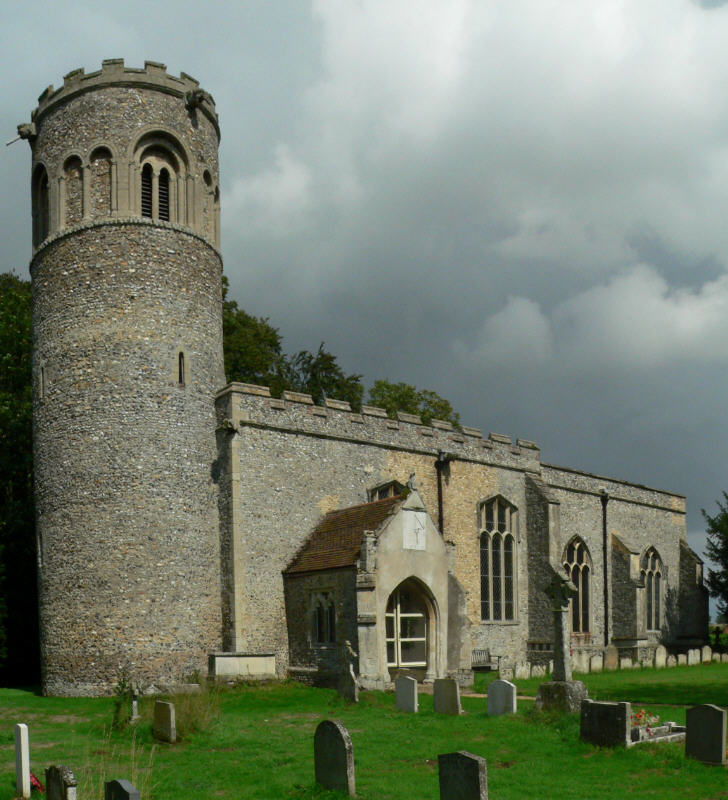China Pond
Lake, Pool, Pond, Freshwater Marsh in Suffolk West Suffolk
England
China Pond
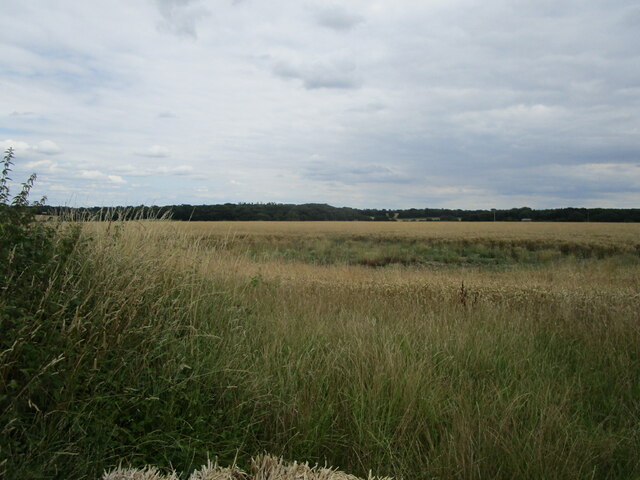
China Pond is a picturesque freshwater marsh located in Suffolk, England. Spanning an area of approximately 50 acres, it is a prominent natural feature within the region. The pond is nestled amidst lush greenery and is surrounded by a variety of plant life, including reeds and water lilies, which add to its scenic beauty.
The water in China Pond is crystal clear and teems with a diverse array of aquatic life. It is home to various species of fish, including carp, perch, and roach, making it an ideal spot for fishing enthusiasts. Anglers flock to the pond throughout the year, hoping to catch a prized fish.
The pond's tranquil ambiance and serene surroundings attract not just anglers, but also nature lovers and photographers. It provides a serene setting for birdwatching, as numerous waterfowl species can be spotted gliding gracefully across the water or nesting in the surrounding vegetation. Common sightings include mallards, coots, and herons.
China Pond is also a popular destination for recreational activities such as boating and kayaking. Its calm waters and beautiful scenery make it an excellent spot for leisurely paddling or exploring the pond's hidden corners.
Overall, China Pond is a cherished natural gem in Suffolk, offering a peaceful retreat from the hustle and bustle of city life. Its abundant wildlife, scenic beauty, and various recreational opportunities make it a haven for both nature enthusiasts and those seeking a moment of tranquility in the heart of Suffolk.
If you have any feedback on the listing, please let us know in the comments section below.
China Pond Images
Images are sourced within 2km of 52.230607/0.62255697 or Grid Reference TL7962. Thanks to Geograph Open Source API. All images are credited.
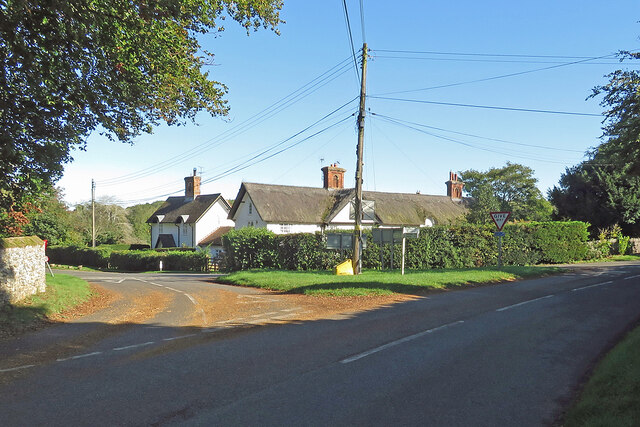
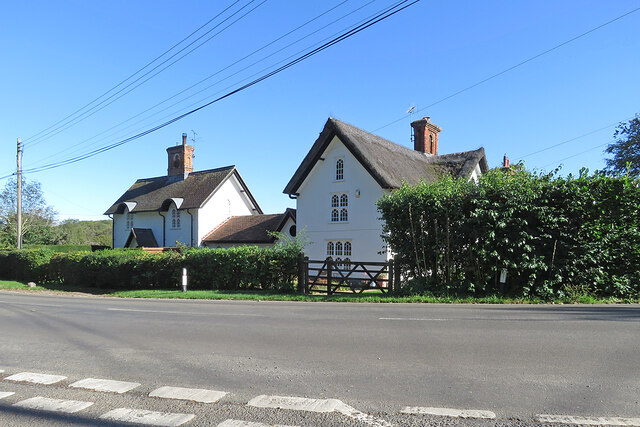
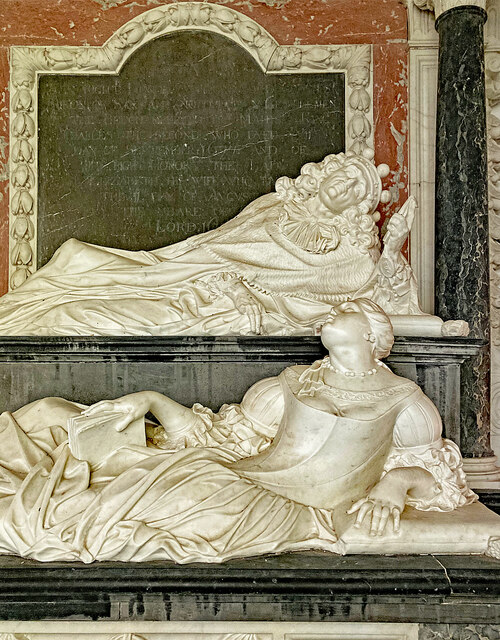
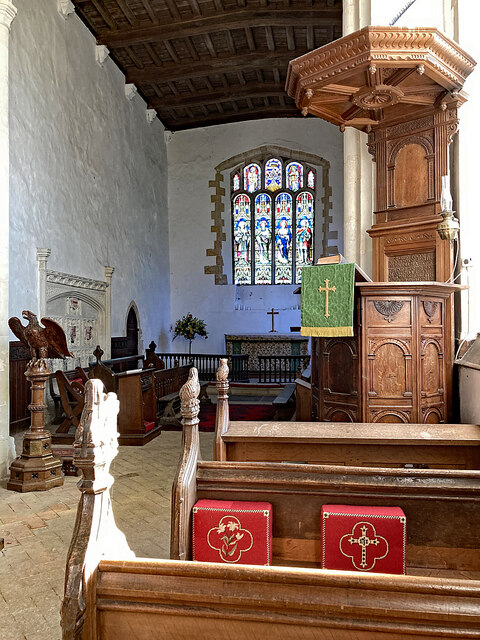
![Little Saxham: St Nicholas &quot;The most spectacular Norman round tower in Suffolk,&quot; wrote Nikolaus Pevsner. &quot;Round the top a rhythmical order of arches on columns. In the four main directions they hold deeply recessed two-light bell-openings, in the diagonals two lower blank arches. Billet frieze along the sill level.&quot; The Perpendicular &quot;nave and chancel S sides [have] uncusped, rather bald tracery,&quot; he opined.](https://s3.geograph.org.uk/geophotos/07/62/53/7625363_c0c2ed83.jpg)
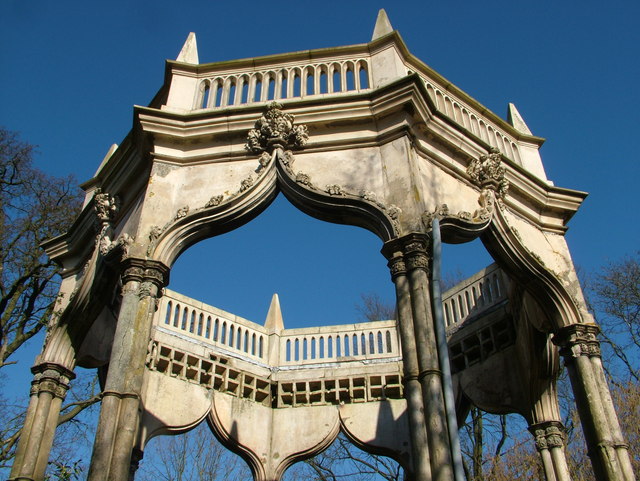
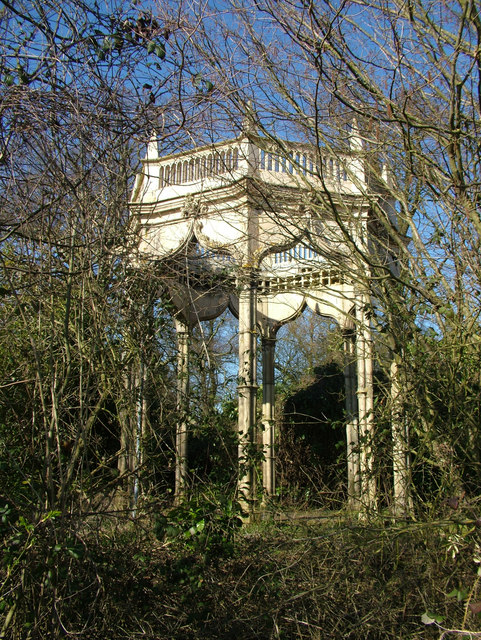
China Pond is located at Grid Ref: TL7962 (Lat: 52.230607, Lng: 0.62255697)
Administrative County: Suffolk
District: West Suffolk
Police Authority: Suffolk
What 3 Words
///upset.stung.swarm. Near Bury St Edmunds, Suffolk
Related Wikis
Little Saxham
Little Saxham is a village and former civil parish, now in the parish of The Saxhams, in the West Suffolk district, in the county of Suffolk, England....
Great Saxham
Great Saxham is a village and former civil parish, now in the parish of The Saxhams, in the West Suffolk district, in the county of Suffolk, England. The...
Saxham Hall
Great Saxham Hall is a two-storey Palladian house situated at Great Saxham, just outside Bury St Edmunds in Suffolk, England. It is a Grade II* listed...
Thingoe Rural District
Thingoe Rural District was a rural district in the county of West Suffolk, England between 1894 and 1974. It was named after the ancient Hundred of Thingoe...
The Saxhams
The Saxhams is a civil parish in the West Suffolk district of Suffolk in eastern England. Located around two miles west of Bury St Edmunds, the parish...
St Mary's Church, Ickworth
Ickworth Church (more formally known as St Mary's Church, Ickworth) is a former parish church in Ickworth Park near Bury St Edmunds in Suffolk, England...
Ickworth House
Ickworth House is a country house at Ickworth, near Bury St Edmunds, Suffolk, England. It is a neoclassical building set in parkland. The house was the...
Little Horringer Hall
Little Horringer Hall is a Grade II-listed house in Horringer, Bury St Edmunds, Suffolk, England.There has been a hall in this location since the 17th...
Have you been to China Pond?
Leave your review of China Pond below (or comments, questions and feedback).
